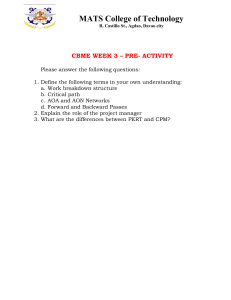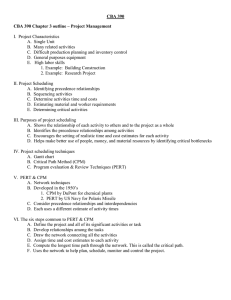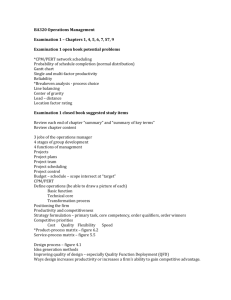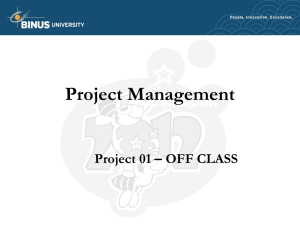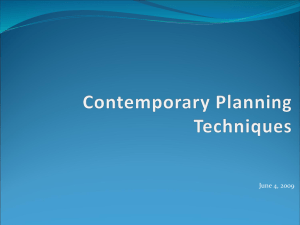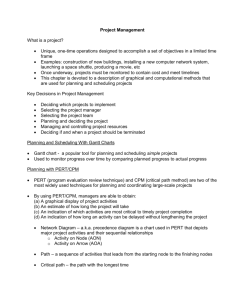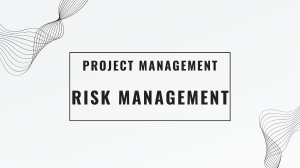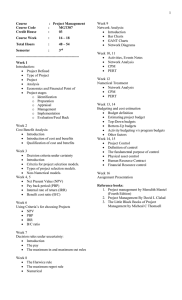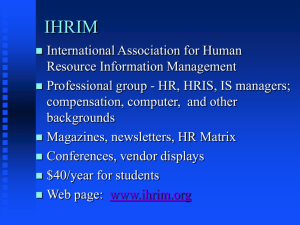controlling and coordination
advertisement
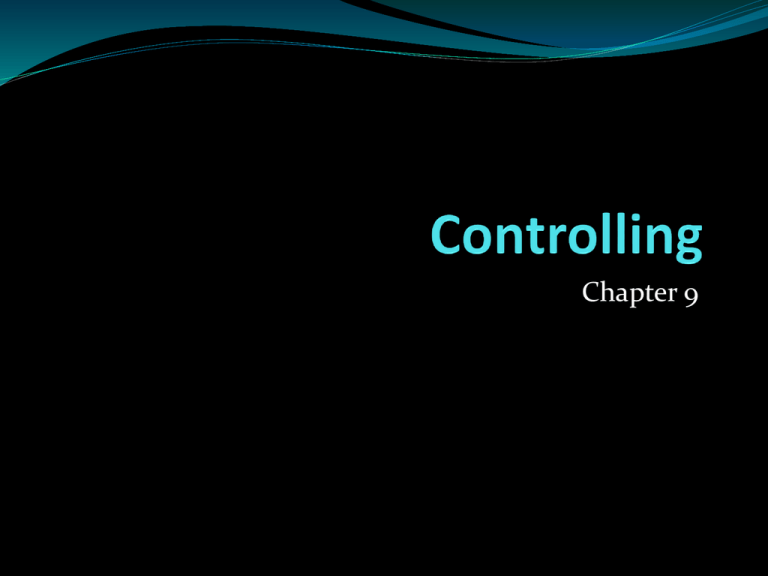
Chapter 9 Definitions Determining what is being accomplished, i.e. evaluating the performance and if necessary, applying corrective measures so that the performance takes place according to plans Ensuring that actions in an organization are performed as per the policy Process of taking steps to bring actual results and desired results closed together Process of bringing about conformity of performance with planned action Importance Achieving organizational objectives Judging precision of standards Making optimum use of resources Increases employee motivation and morale Ensuring order and discipline Facilitate harmony in action Control Process Setting performance standards Measurement of real performance Comparing performance with plans Selecting and Implementing corrective measures Listing out corrective measures Finding the causes for variations Control Techniques Traditional Techniques Personal Observation Statistical Data Special Reports and Analysis Breakeven Analysis Budgetary Control Modern Techniques Return on Investment Ratio analysis Responsibility Accounting Managerial Audit PERT CPM MIS Traditional Techniques Personal Observation Statistical Data Special Reports and Analysis Traditional Techniques Break Even Analysis Involves calculating the Break Even Point Point at which there is no profit, no loss Beyond the point profit, below the point loss Budgetary control Budgets: statements of anticipated results Actual performance can be compared against the budgeted performance Modern Techniques Management Audit: Systematic evaluation of functioning, performance and effectiveness of management of an organization Conducted by a team of experts Team collects data from management, employees, customers, suppliers etc. Collected data analyzed to judge performance of the management Helps to judge performance of management objectively Modern Techniques PERT and CPM: PERT( Programme Evaluation and Review Technique) CPM( Critical Path Method) Based on expected completion time computed from three estimates of time: optimistic, pessimistic and most likely time. Used for planning, scheduling and executing large projects involving number of interrelated activities Modern Techniques Return On Investment Provides a basic benchmark for measuring whether or not invested capital has been used successfully to generate realistic returns MIS: Data collected and stored for future reference Data bank is maintained When required managers may use the information Modern Techniques Ratio Analysis For analyzing financial statements Liquidity ,Solvency, Profitability and Turnover ratios are commonly used Responsibility Accounting Performance of employees judged by assessing how far they have been able to meet the preset targets Chapter 10 Definition Set of human and structural mechanisms designed to link the parts of the enterprise together to help achieve the specified objectives Orderly arrangement of group effort to provide unity of action in the pursuit of common purpose Need and Importance Group effort Mutual Confidence Helps to resolve conflicts Encourages team spirit Smooth working High employee morale Good relations Optimum utilization of resources Coordination as an essence of Management Planning Organizing Staffing Directing Communicating Leading Motivating Controlling Thank You
